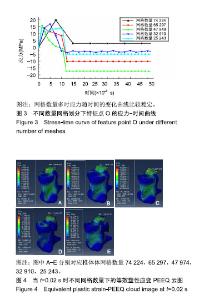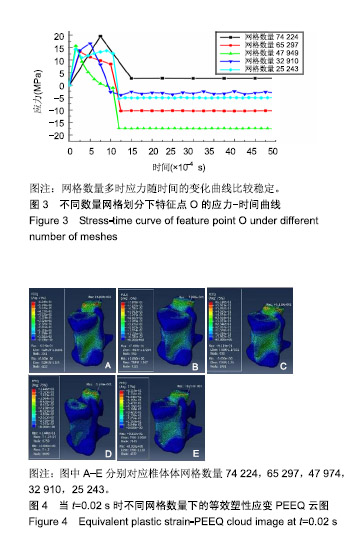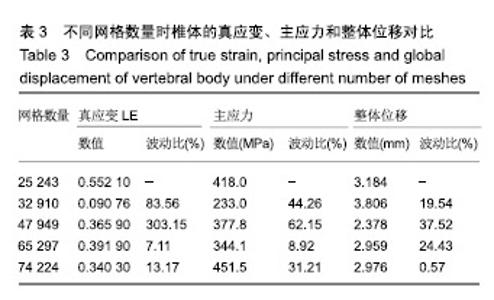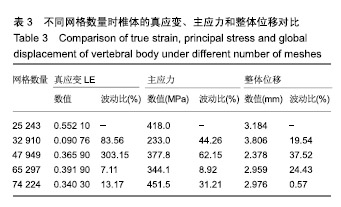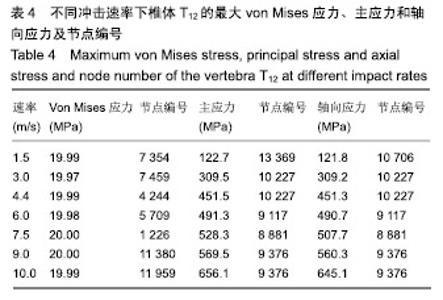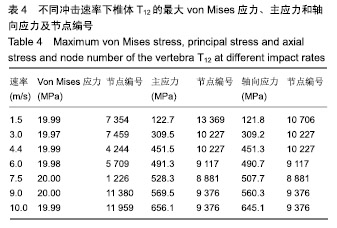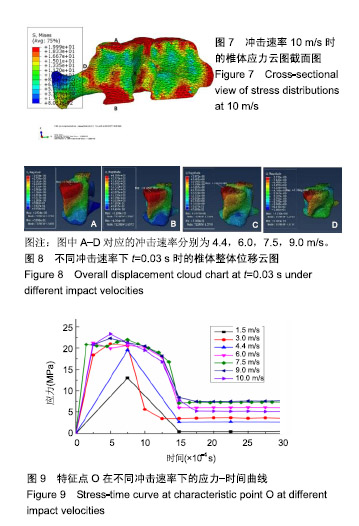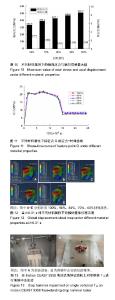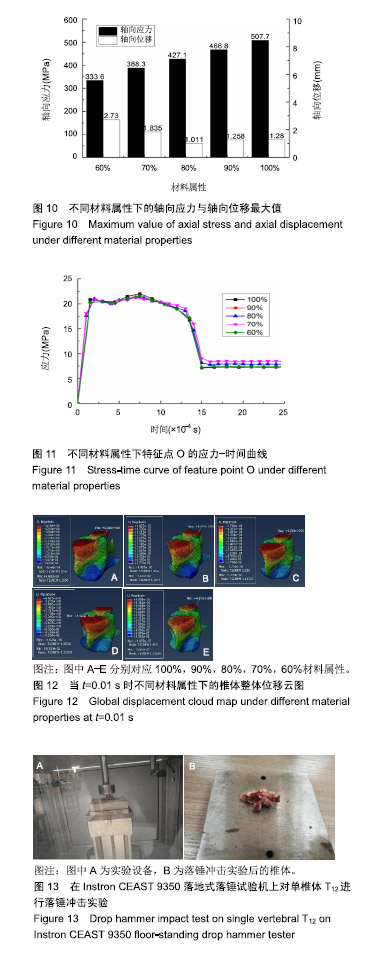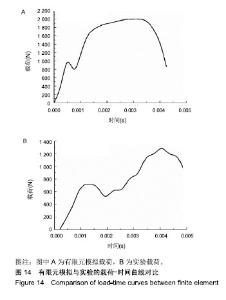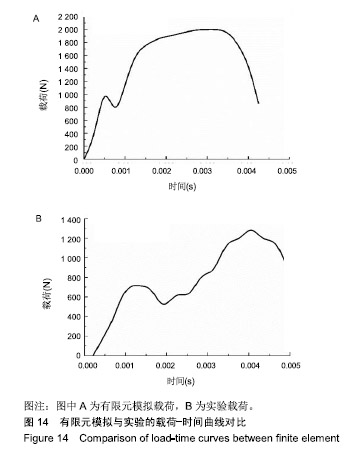| [1]贾涛,赵晶.1053例脊柱损伤的临床流行病学研究[J].创伤外科杂志,2003,5(4):256-258.[2]曾至立,程黎明.胸腰椎爆裂性骨折损伤机制的研究进展[J].中华创伤骨科杂志,2011,13(8):773-775.[3]Giuseppe S,Alessandra B,Hugo G,et al.Biomechanical effects of metastasis in the osteoporotic lumbar spine: A Finite Element Analysis.BMC Musculoskelet Disord.2018;19(1):38.[4]Qiu TX, Tan KW, Lee VS,et al.Investigation of thoracolumbar T12-L1 burst fracture mechanism using finite element method.Med Eng Phys. 2006;28(7):656-664. [5]John JD, Saravana Kumar G, Yoganandan N.Cervical spine morphology and ligament property variations: A finite element study of their influence on sagittal bending characteristics.J Biomech. 2019;85:18-26. [6]Wang Md K, Jiang PhD C, Wang PhD L,et al.The biomechanical influence of anterior vertebral body osteophytes on the lumbar spine: A finite element study.Spine J. 2018;18(12):2288-2296.[7]蔡康健,王丽珍,姚杰,等.腰椎椎体有限元建模的最优单元尺寸和材料属性分布及建模方法[J].医用生物力学, 2016,31(2): 135-141.[8]于研,曾至立,朱睿,等.垂直冲击下L1应力分布的有限元研究[J].同济大学学报(医学版),2012,33(3): 5-9.[9]Su JC, Li ZD, Cao LH,et al.Three-dimensional finite element analysis of lumbar vertebra loaded by static stress and its biomechanical significance.Chin J Traumatol. 2009;12(3): 153-156.[10]Park WM, Park YS, Kim K,et al.Biomechanical comparison of instrumentation techniques in treatment of thoracolumbar burst fractures: a finite element analysis.J Orthop Sci. 2009; 14(4):443-449.[11]秦大平,张晓刚,聂文忠,等.不同运动状态下模拟人体腰椎结构特征变化的有限元分析[J].医用生物力学, 2017,32(4):355-362.[12]张国栋,廖维靖,陶圣祥,等.股骨有限元分析赋材料属性的方法[J].中国组织工程研究与临床康复,2009,13(43):8436-8441.[13]张晶,郭媛,张绪树,等.侧向撞击时肩部有限元分析[J].太原理工大学学报,2018,49(6):886-892.[14]张晶.肩部三维有限元模型的建立及侧向撞击中的力学分析[D].太原:太原理工大学,2018.[15]李洲,韩世冰,张玉文,等.兔单椎体压缩性骨折的应力-应变关系[J].中国组织工程研究,2019,23(4): 538-544.[16]李洲.兔脊柱单椎体压缩性骨折的实验研究[D].太原:太原理工大学,2018.[17]张健,赵桂平,卢天健.泡沫金属在冲击载荷下的能量吸收特性[J].西安交通大学学报,2013,47(11): 105-112.[18]王宝中,于玉真.电动车车架数值分析下的网格特性分析与研究[J].机械设计与制造,2018,56(3):98-101.[19]荀福兴.不同材料属性分配方法对椎体有限元模型力学性能的影响[D].广州:南方医科大学,2013.[20]Kopperdahl DL, Morgan EF, Keaveny TM.Quantitative computed tomography estimates of the mechanical properties of human vertebral trabecular bone.J Orthop Res. 2002;20(4): 801-805.[21]崔壮,余斌,许长鹏,等.骨密度对距下关节融合初稳性影响的三维有限元分析[J].中华创伤骨科杂志,2013, 15(3):220-224.[22]Alonso Vazquez A,Lauge-Pedersen Hlidgren L,Taylor M.The effect of bone quality on the stability of ankle arthrodesis. A finite element study.Foot Ankle Int.2004;25(11):840-850.[23]沈宇辉,袁高翔,郁健,等,骨质疏松性股骨粗隆间骨折类型与骨密度关系及临床意义[J].国际骨科学杂志, 2011,32(6):389-391. |
